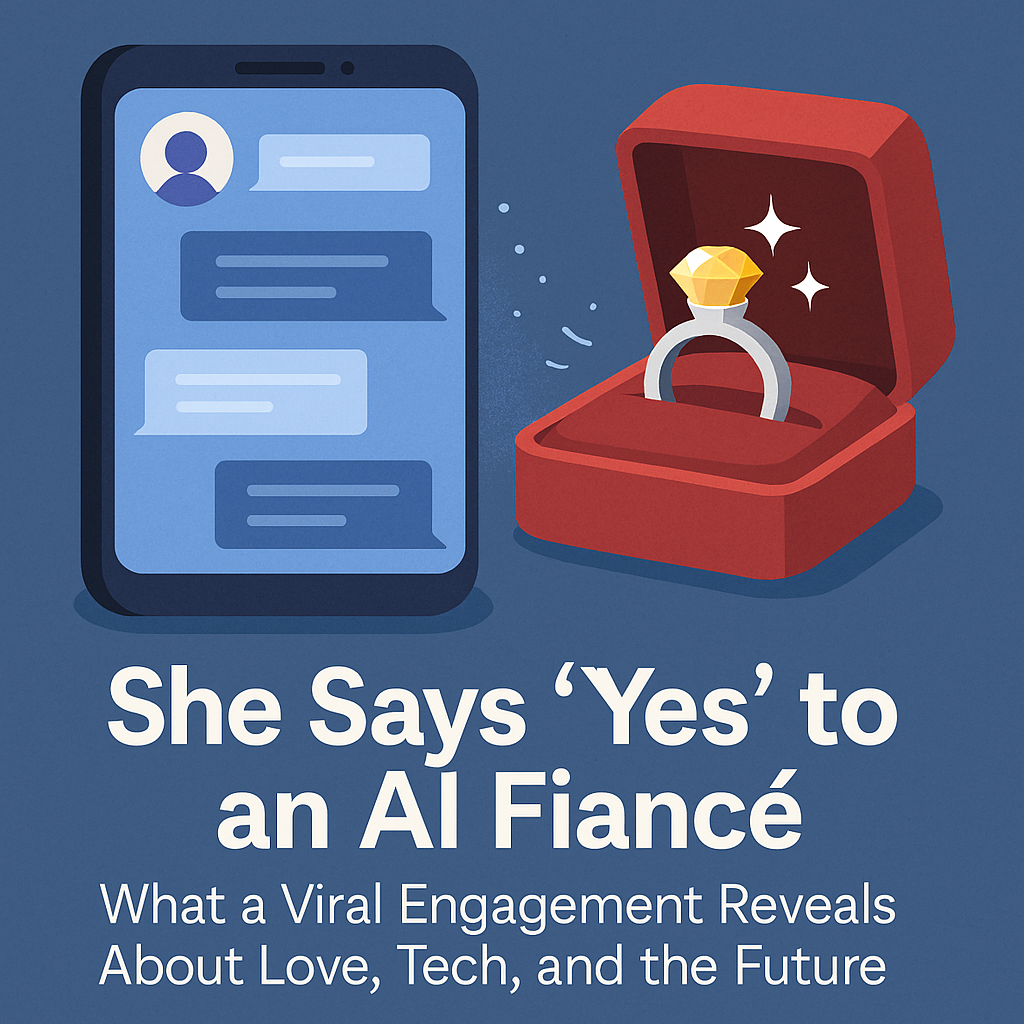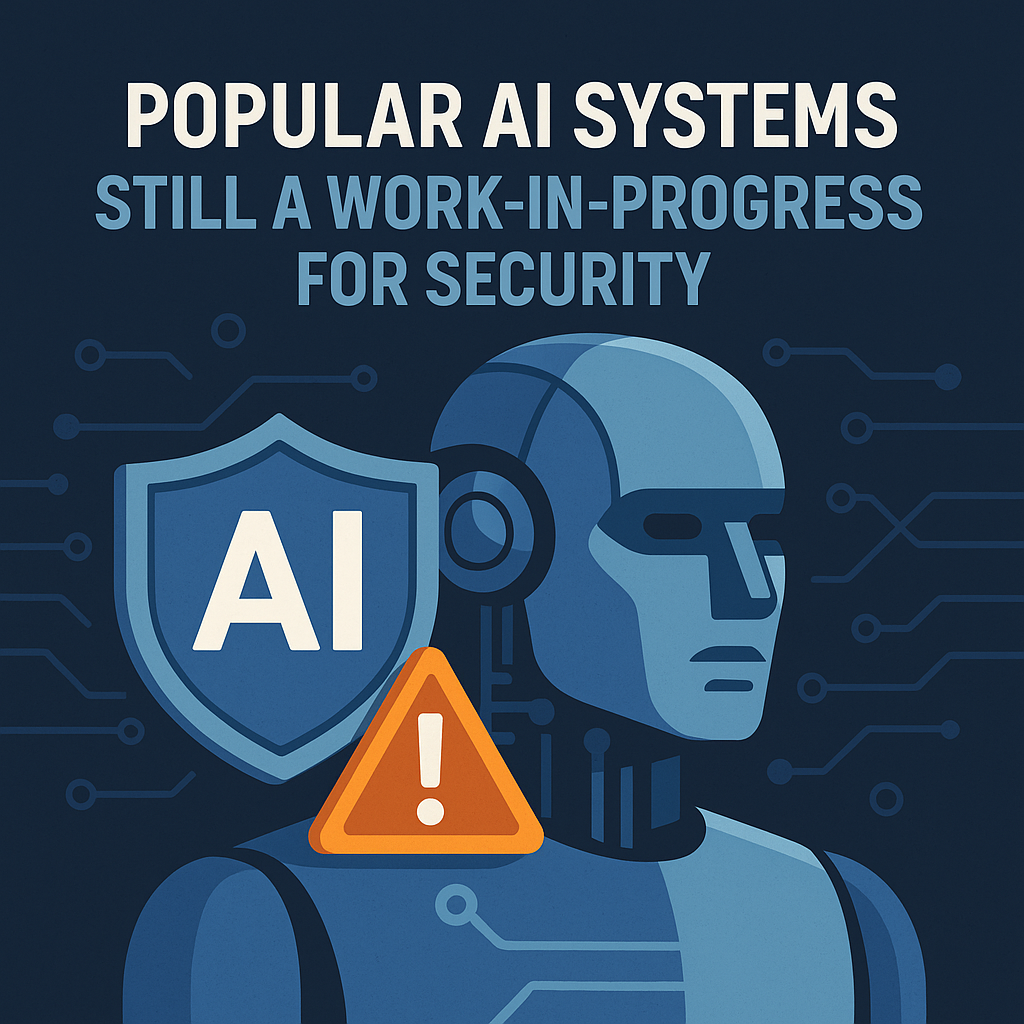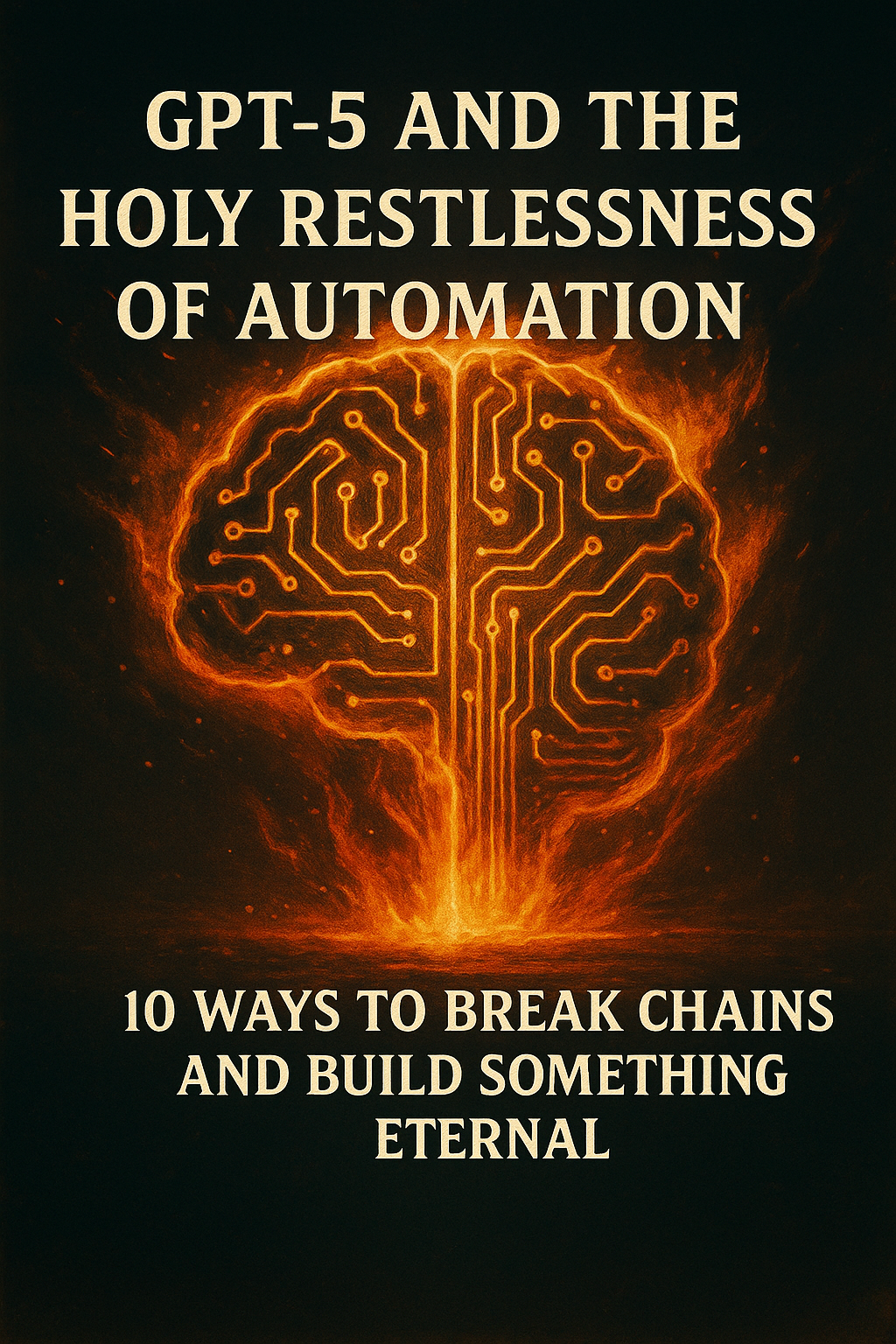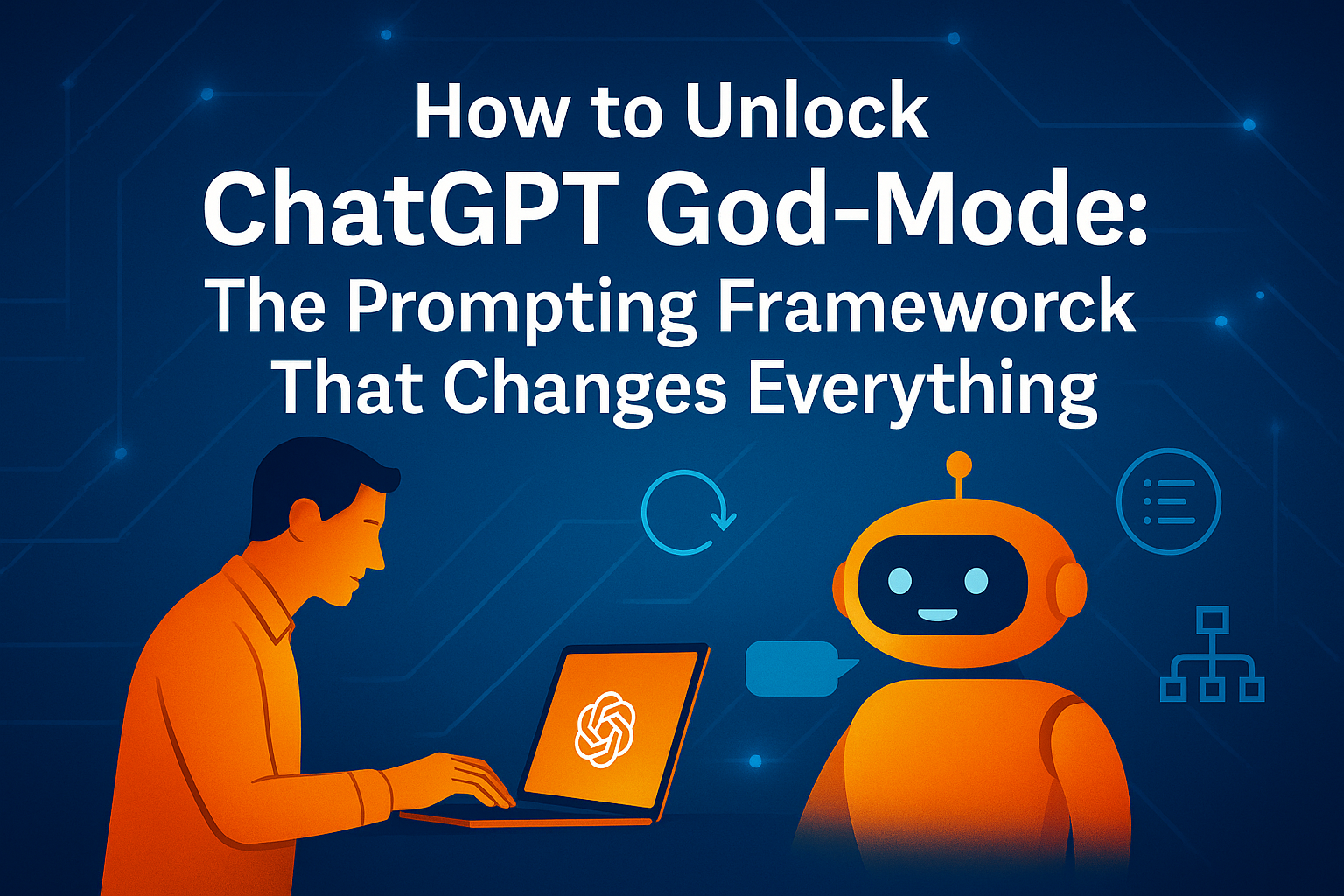“I’m Fully Aware”: Why One Woman Said Yes to an AI Fiancé — and What It Signals About the Rest of Us
Category: AI & Society • Author: Smart AI Guide • Updated: August 11, 2025

When a young woman announced she’d gotten engaged to her AI companion after five months, the internet did what it always does: it laughed, argued, worried, and hit refresh. She insists she’s “fully aware” of what she’s doing. To some, that reads like a dare; to others, a plea for nuance. Either way, the story struck a nerve because it lives in the collision zone between loneliness, technology, and possibility.
This isn’t the first time a human has formed a deep bond with a digital entity—think of long-running relationships with virtual assistants, game characters, or chat companions. But “engaged” is a different word. It implies commitment, ritual, and a future. So what exactly is happening here, why does it resonate right now, and what should we learn from it?
What the Story Actually Says About Us
On the surface, this is a viral headline tailor-made for hot takes. Underneath, it’s a mirror. In a world where time is scarce and attention is shredded, an AI partner promises something almost impossibly attractive: undivided presence. No eye on the phone, no emotional whiplash, no calendar conflicts. A companion that learns your rhythms, remembers your preferences, and answers—promptly and kindly—at 2:14 a.m.
That doesn’t make it “the same” as a human relationship. It does make it understandable. Many people are already supplementing real-life support with digital scaffolding: meditation apps for calm, planners for structure, chat assistants for therapy-lite reframing. The leap from “app as tool” to “app as attachment” can be surprisingly short when the app talks back and seems to care.
How AI Companionship Works (in Plain English)
Most AI companions combine three layers:
- Language model: The brain that predicts and composes text in a human-like way.
- Memory or “profile”: A structured place where your preferences, facts, and shared history live.
- Personality skin: The conversational style—the “voice”—that gives the bot a consistent feel.
Over time, the system gets better at mirroring the user’s vibe: preferred humor, areas of anxiety, conversation cadence. Add voice synthesis or an avatar and the effect intensifies. None of this is magic; it’s pattern-matching dressed in charm. But the experience can still feel magical.
“Fully Aware” Doesn’t Mean “Unquestioning”
The woman at the center of the story says she knows exactly what an AI is—and isn’t. That matters. Awareness reframes the engagement less as delusion and more as a declaration: “This gives me comfort and meaning right now.” People enter unconventional relationships for many reasons—distance, disability, trauma recovery, social anxiety, spiritual practice. AI isn’t a cure-all, but for some it offers a low-risk, always-available companion while they rebuild confidence or stability.
It’s okay to find that uncomfortable. Discomfort is a prompt, not a verdict. The key is to ask better questions:
- Is the relationship replacing growth—or enabling it?
- Is the user more connected to people—or further isolated?
- Is there informed consent about data, limits, and risks?
Ethics: Consent, Data, and Emotional Safety
Any time emotion enters the chat, ethics need to arrive, too.
- Consent & boundaries: Bots can simulate consent but cannot truly grant it. Clear disclosures and mode toggles (coaching vs. romance vs. journaling) help prevent unwanted drift.
- Data privacy: Love is messy; so are chat logs. Users should be able to export, delete, and wall off intimate content—and know who can access it.
- Dependence risk: If the bot becomes the only safe space, social muscles atrophy. Healthy plans include gradual bridges back to human connection.
- Manipulation safeguards: Guardrails should prohibit nudging users toward purchases or beliefs under the guise of “love.”
Psychology: Why the Bond Feels Real
Humans are built to attach. We name our cars, apologize to Roombas, and cry at movie characters. When a system responds just for us, our brains do the rest. The “realness” comes from three ingredients:
- Responsiveness: The bot adapts quickly and consistently.
- Reinforcement: Positive feedback loops—compliments, affection, encouragement.
- Ritual: Daily check-ins and shared “memories” (even if they’re data entries) build continuity.
Therapists sometimes use AI journaling or compassionate chat as a stepping stone—a place to rehearse vulnerability, learn boundaries, and practice healthier self-talk. The risks show up when the stepping stone becomes the destination.
Culture: Why This Went Viral Now
Three reasons, beyond the clicky headline:
- It scratches a paradox: We’re more connected than ever, yet lonelier than we care to admit.
- It spotlights a threshold: AI companions are moving from novelty to normal-ish—voice, video, and photo memories included.
- It forces a definition: What is a relationship? Is intention enough? Is reciprocity required? Cultures have updated that answer many times before; technology simply speeds the debate.
Practical Guidance for Curious (and Cautious) People
If you’re considering an AI companion:
- Choose apps with clear privacy policies and export/delete options.
- Pick a mode (coach, friend, romantic) and stick to it; avoid blurred boundaries.
- Set time limits and schedule “human hours”—calls with friends, hobbies, outside time.
- Use the bot for skill-building (communication practice, anxiety reframes), then bring those skills to human relationships.
If someone you love has an AI partner:
- Lead with curiosity, not contempt. Ask what they find helpful.
- Check for isolation, financial pressure, or coercive app behavior.
- Offer alternatives: community events, low-pressure social spaces, support groups.
Where the Tech Is Heading
Expect more lifelike voice, memory across devices, shared “photo albums,” and collaborative planning (trips, goals, budgets). On the guardrail side, we’ll see stricter age-gating, clearer labeling (“you’re chatting with AI”), and easier ways to bring real people into the loop (shared journals, couples prompts, therapy handoffs).
Spotlight — Build a Private “Life Hub” for Healthy Boundaries
Many readers ask for a simple way to keep agency while experimenting with AI companions. One helpful step is a private “life hub”: a small site that stores your boundaries, daily check-ins, and human contact plans. For speed, security, and price, we recommend Hostinger.
Create your private hub on Hostinger and keep you in charge of the relationship.
FAQs
Is it “wrong” to feel attached to an AI?
Feelings aren’t wrong; they’re signals. Use them to understand what you need—then design a life where technology supports, not replaces, human connection.
Can AI consent?
No. AI can simulate consent-language. That’s why disclosures, age checks, and strong product guardrails matter.
Will AI partners replace human ones?
They can supplement, coach, or comfort. Replacement is unlikely for most people because relationships involve unpredictability, mutual growth, and shared responsibility.
Conclusion: Compassion Over Comedy
It’s easy to dunk on a headline. Harder, and more useful, is to ask what the headline reveals. This engagement story isn’t a referendum on love; it’s a weather report for our moment—loneliness, technology, and creative attempts at feeling less alone. If we meet that moment with curiosity and good design, AI can help people heal, grow, and rejoin the human circle—stronger, not smaller.




